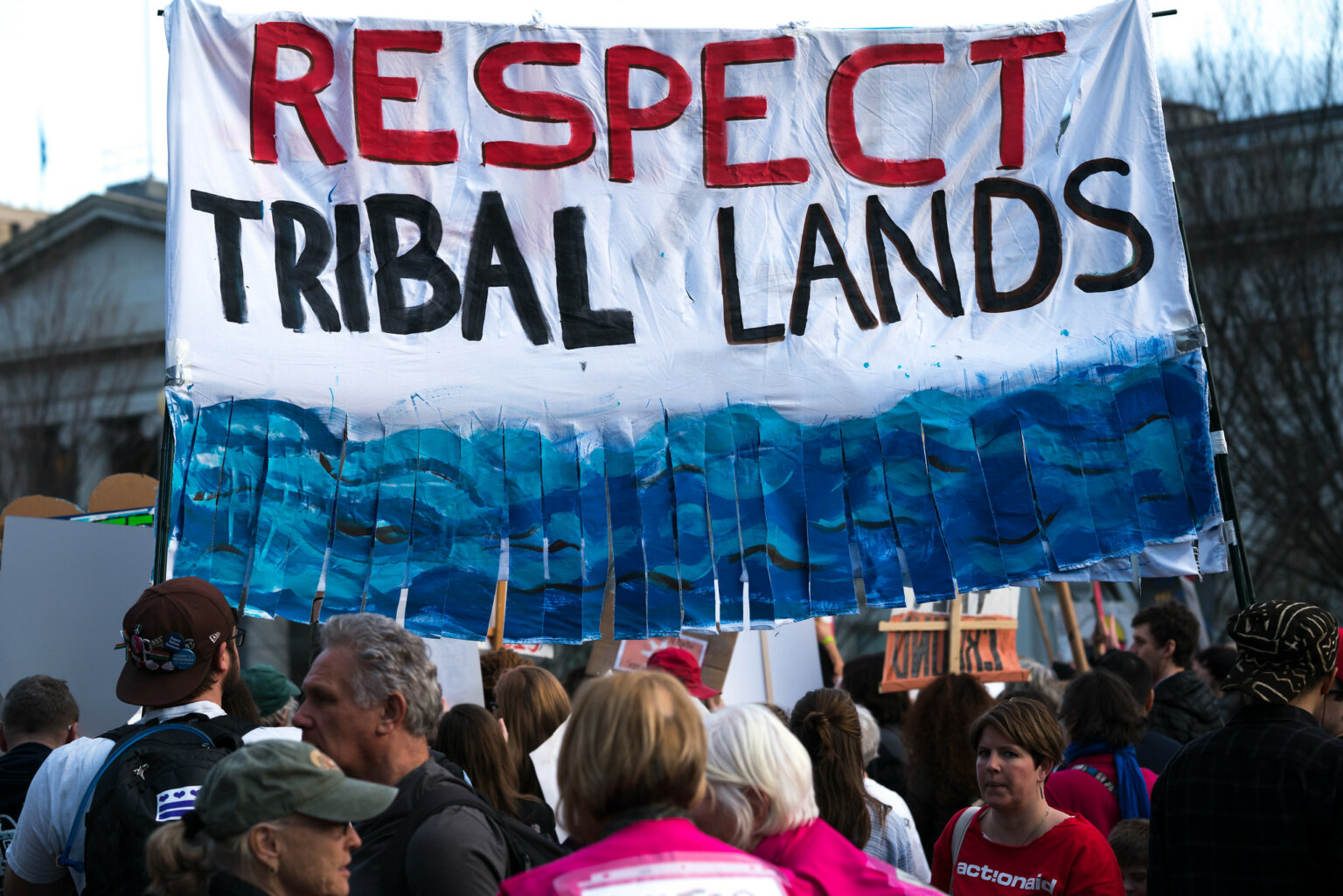- About
- Topics
- Story
- Magazine
- In-Depth
- Picks
- Opinion
- News
- Donate
- Signup for our newsletterOur Editors' Best PicksSend
Read, Debate: Engage.
| topic: | Indigenous people |
|---|---|
| located: | USA |
| editor: | Yair Oded |
On 9 July, the U.S. Supreme Court delivered a landmark decision ruling that much of eastern Oklahoma is Native land and that only federal and tribal authorities may adjudicate criminal cases involving tribal members in that territory.
Hailed by Native Americans as a significant victory, the ruling could have far-reaching implications on Native sovereignty and tribal nations’ criminal justice systems.
In a 5-to-4 ruling, the court recognised that large swaths of eastern Oklahoma were designated as Native reservations following the Trail of Tears in the 1800’s -a deadly government-sanctioned campaign during which more than 100,000 Native Americans were forcibly removed from their ancestral lands in the southeastern United States and ordered to walk hundreds of miles to a designated “Indian territory”.
“On the far end of the Trail of Tears was a promise [...] Today we are asked whether the land these treaties promised remains an Indian reservation for purposes of federal criminal law,” Justice Neil Gorsuch, a conservative judge who sided with the court’s liberal-leaning bloc, stated in the majority opinion. “Because Congress has not said otherwise, we hold the government to its word.”
The decision’s primary significance is its reshaping of the criminal justice system in Oklahoma’s indigenous land. It does so by preventing the state from prosecuting crimes involving members of Native American nations and granting tribal courts and federal authorities legal jurisdiction over such cases. “Not one inch of land changed hands today,” Jonodev Chaudhuri, ambassador for the Creek Nation, told The New York Times. “All that happened was clarity was brought to potential prosecutions within Creek Nation.”
The case had been brought to the court by Jimcy McGrit, a member of the Seminole nation who had been convicted of raping a four-year-old girl in 1997. As a result of the ruling, McGrit, along with any other tribe member who had been accused of crimes within the Native territory and was prosecuted by state courts, can have their conviction re-examined by tribal or federal courts.
This transformation of prosecutorial power strikes many Native Americans in Oklahoma as critical, considering they have been facing ongoing discrimination by the state’s criminal justice authorities - in allocation of resources and commitment to the solving of cases.
Other potential implications of the ruling in areas such as taxation, zoning, and environmental policies will be determined based on negotiations between tribal leaders and Oklahoma state officials. “We will continue our work, confident that we can accomplish more together than any of us could alone,” said Mike Hunter, Oklahoma’s attorney general, in a statement.
The court’s recognition of Indigenous sovereignty over these territories is perceived by many Native Americans as an act of reckoning following a centuries-long persecution campaign of Indigenous people by the United States government, throughout which the latter violently removed tribes from their lands and repeatedly violated treaties and promises made to them.
It also helped shift public attention to the needs and struggles of Native Americans. “This brings these issues into public consciousness a little bit more,” John Echohawk, executive director of the Native American Rights Fund, a nonprofit organization fighting for tribal sovereignty and recognition, told The New York Times. “That’s one of the biggest problems we have, is that most people don’t know very much about us.”
Image by dlewisnash

